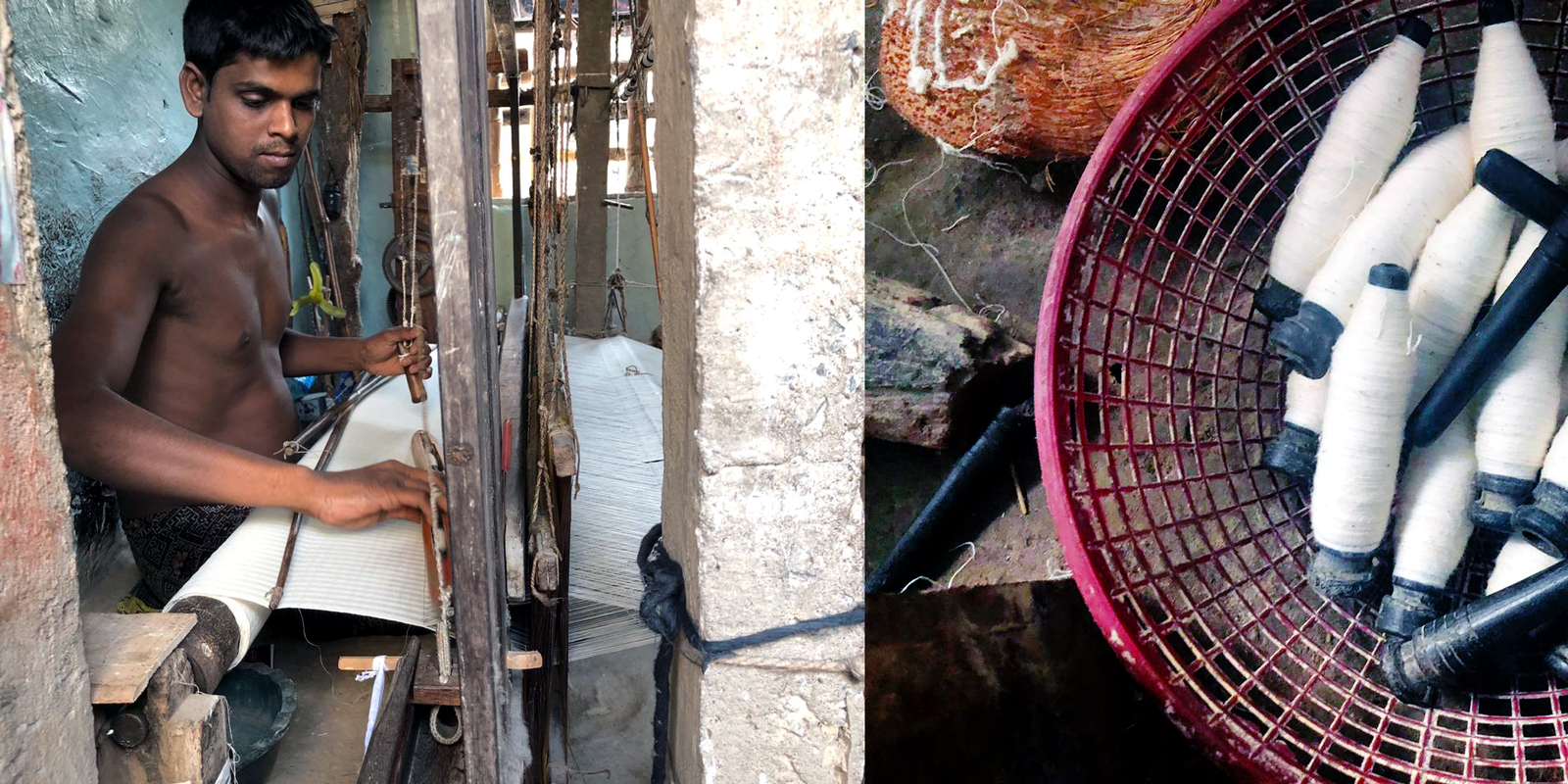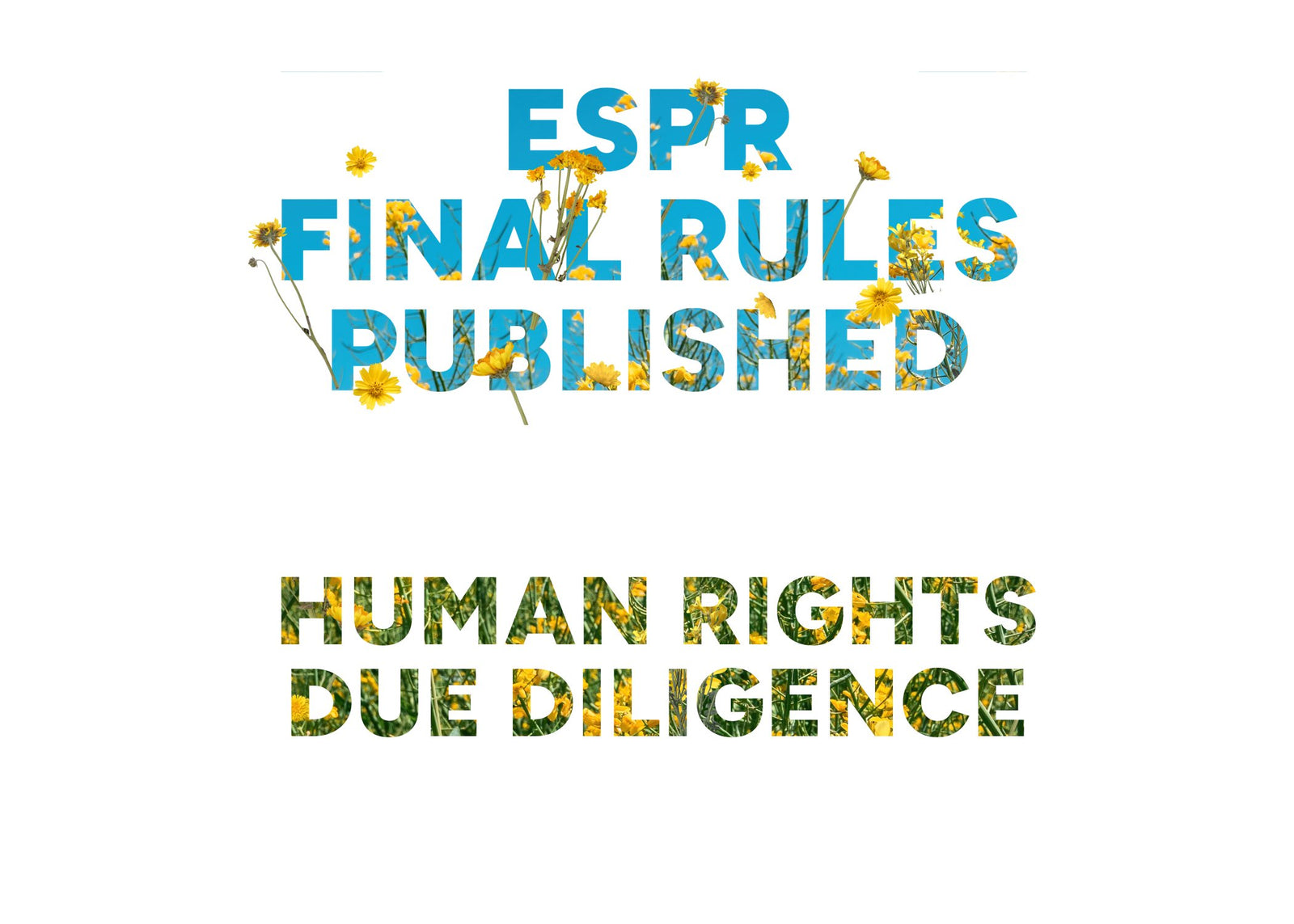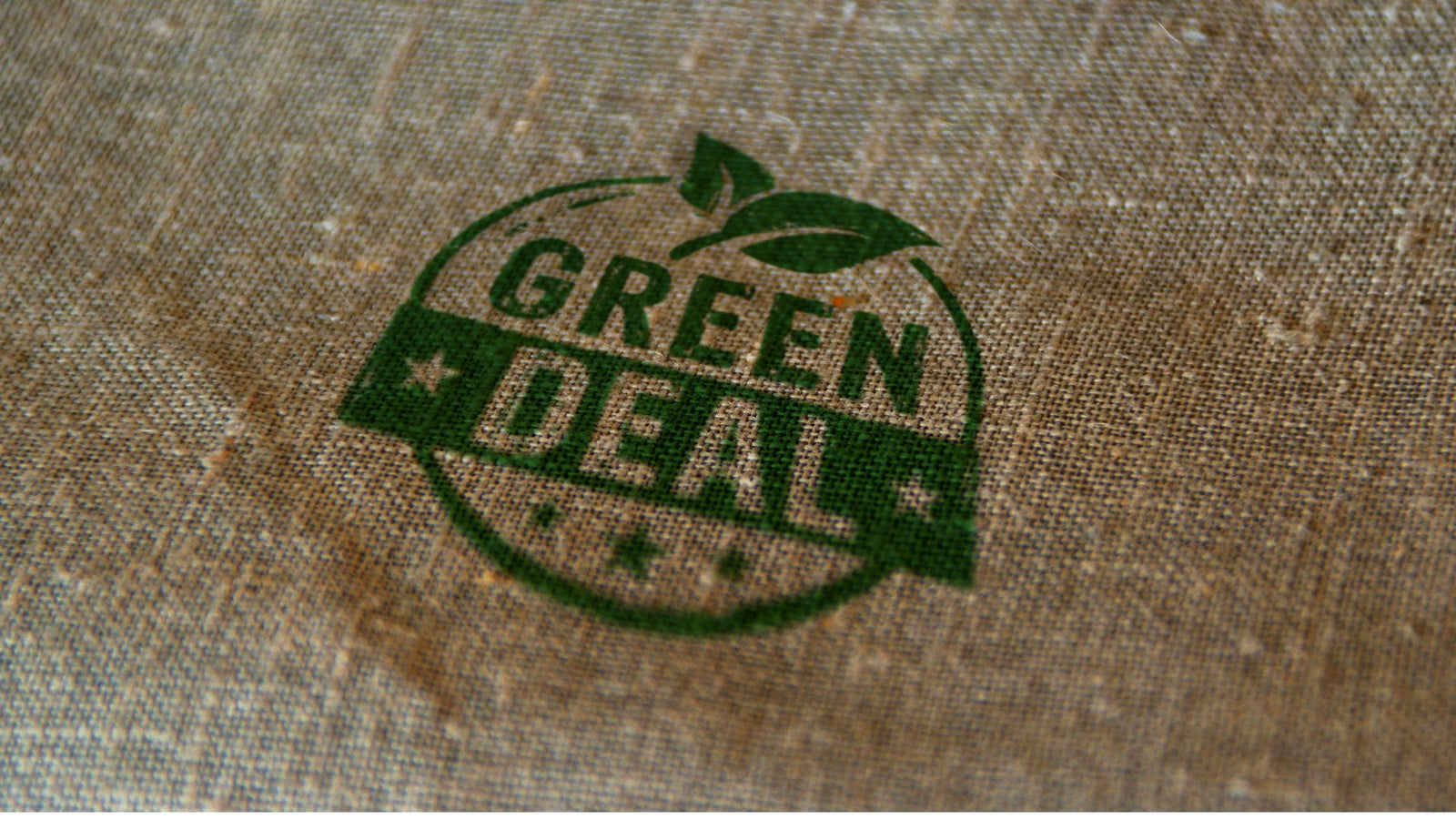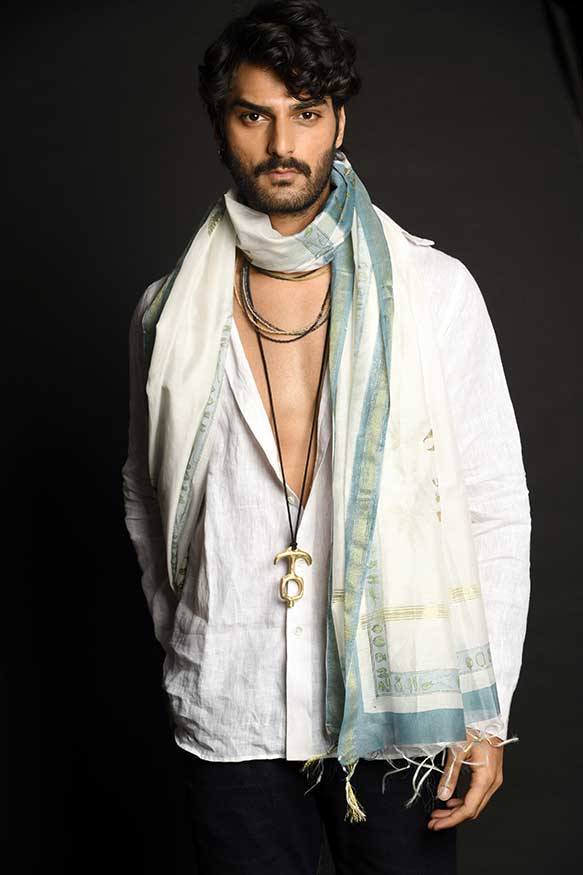The World's Most Beautiful Things
Eastern luxury makes western luxury look pretty lame, especially if you go back a few hundred years. East/West approaches to the brain’s pleasure centers diverge via distinct cultures. The East invented spirituality, perfumed the air to transubstantiate density and craved gardens as visions of paradise. Their refined courts valued battle technology, technocratic governance and high achievement in craft, poetry and the arts. The west was much more earthbound. We scent the body for corporal pleasure while organizing around commercial trading and old testament-style fear.
With a few exceptions, luxury brands, mostly, are European. But, nearly everything that fueled western passion and pleasure came over the silk roads to an end point in Venice. Protected by the fierce Venetian navy, these silk road luxuries were taxed to build Venetian palaces and exported to the rest of the world. Indian luxury fabrics changed the world.
Gemstones, spices, dyes, perfumes, medicines, porcelains, gunpowder, carbon steel and cotton or silk textiles were the world’s most desirable luxury goods. Cravings for these goods fueled the Age of Discovery when, in 1453, Turkey closed silk road routes. Trade flows were also vectors of culture, art, aesthetics, religion, technology, philosophy, language, science and architecture. In other words, dimensions of civilization were byproducts of the trade in luxury goods. It is not inaccurate to say that the passion for fashion played an organizing role in today’s national borders.
Muslins = Woven Air
Heritage fabrics with legendary lightness are deeply romantic. Archaeologists believe that fine cottons have been woven by the Indus Valley Civilization for about 5,000 years. However, the first documented textiles are from Dhaka (ancient India) and date to about 4,000 years ago.
Muslins were, likely, the world’s first luxury trades. Demand for their sensory qualities of airiness, softness and coolness on the skin drove exports all over the ancient world. Domestically, Indian muslins are regarded as an art form that rivaled the beauty and transparency of silk. In Rome and beyond, Indian handwovens were sold as ‘textalisventalis’ or ‘woven air’. Legend has it that a 12 foot x 3 foot length of the finest muslin could pass through the eye of a needle or fit into a matchbox-sized container. You can still see those quality references in Asian fashion aesthetics that cover the body but celebrate the form.
Circularity in Craft Makers Vs. Industrial Production
True handmade/handloomed products are very different from what you’re likely accustomed to buying, because they come out of different structural drivers. A heritage craft model, where artisans organize in clusters to make customized goods, differs from Henry Ford’s industrial model, where workers make inexpensive, standardized products.
The craft model is connected, communal, flexible, local, holistic, engages high-value artisan skills and honors deep expertise. The industrial model, where workers do one repetitive job, aims to drive up predictability and drive down costs via global supply chains, without regard to interdependency or the worker’s quality of life. Each model produces fundamentally different products out of fundamentally divergent making processes. Handmade products from these communities are leading expressions of
Circularity and the Doughnut Economy.
What Do You Need to Know About India’s Handwovens?
Greige designs products based in craft, design and vibrant collaborations with makers. We are one of the only US companies that offer capsule collections of handloomed/handwoven classic sportswear, accessories and other hand-intensive crafts. Almost everything that goes into our magical, small production textiles comes from within a few miles of the weaving villages.
What Kind of Thread is Used for Handwoven Textiles?
Hand spinning thread lets creators control for the textile characteristics they want. There are tiers of handmade goods with distinctions you may want to know about. The highest level of handmade textiles start with artisan thread. Hand spinning (or in a more recent innovation, hand cranking) local cotton into thread is the heritage way to start textiles. Hand spun threads are literally hand spun on a wheel and placed on a bobbin. The spinners clean and comb local heritage cotton into a variety of threads for different purposes. Long, thin fibers are best for dense, fine weaving. Thinner threads take more time and skill to spin but they’re softer on skin. Thicker threads are for heavier usage like rugs and other home goods. Shorter, shaggier and thicker fibers hold dyes better. They make great towels and thicker, cool weather garments. Some weaving communities buy commercial thread because it is more consistent, which makes it better for some types of work.
How Do You Create Handloomed Textiles
Artisan weavers use small foot-treadle looms to hand weave/hand loom the thread into our incredible textiles. The dimensions are usually about 12 feet long and 36” to 48 inches wide. A textile made with commercial or handspun thread can still honestly be labeled “handmade”. But, the handspun thread has more heritage cred. To date, we use textiles with handspun threads, which are then handloomed.
What Kind of Cotton Do You Use?
Most of our makers use cotton indigenous to their region and source it from within a few miles of the weaving village. Heritage cottons have lots of cellulous, which needs to be broken down and sun bleached to harmonize the natural color to take dye well. Printers wash and sun dry the natural cotton to remove impurities which may interfere with the dyeing process.
How Do You Apply Color and Pattern to Handloomed Textiles?
Colors are largely wildcrafted with a few exceptions, like Indigo. Materials are local with the exception of flax for linen. Both Indigo and flax come from nearby states.
Yarn-Dyed Threads
Some products are created from yarn-dyed thread, which is generally considered a higher quality process than garment-dyed products. Yarn-dying creates pleasingly rich color variations or graphic patterns that reveal the fabric’s warp and weft. Other products are vat-dyed, garment dyed, resist dyed, tie-dyed, block printed or a combination of several techniques.






